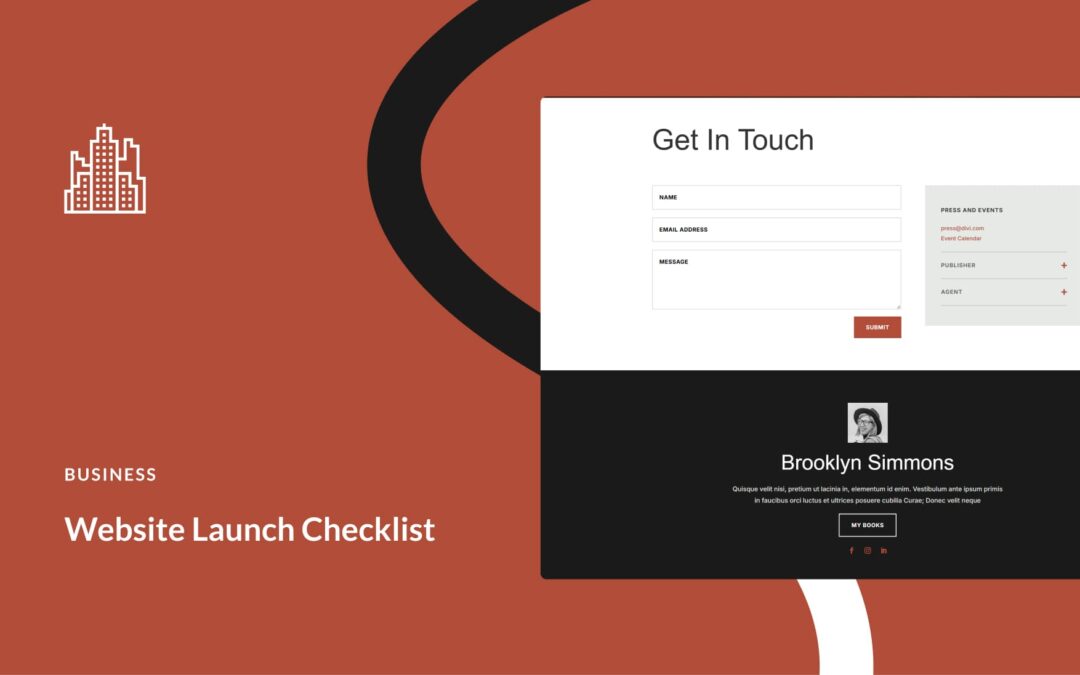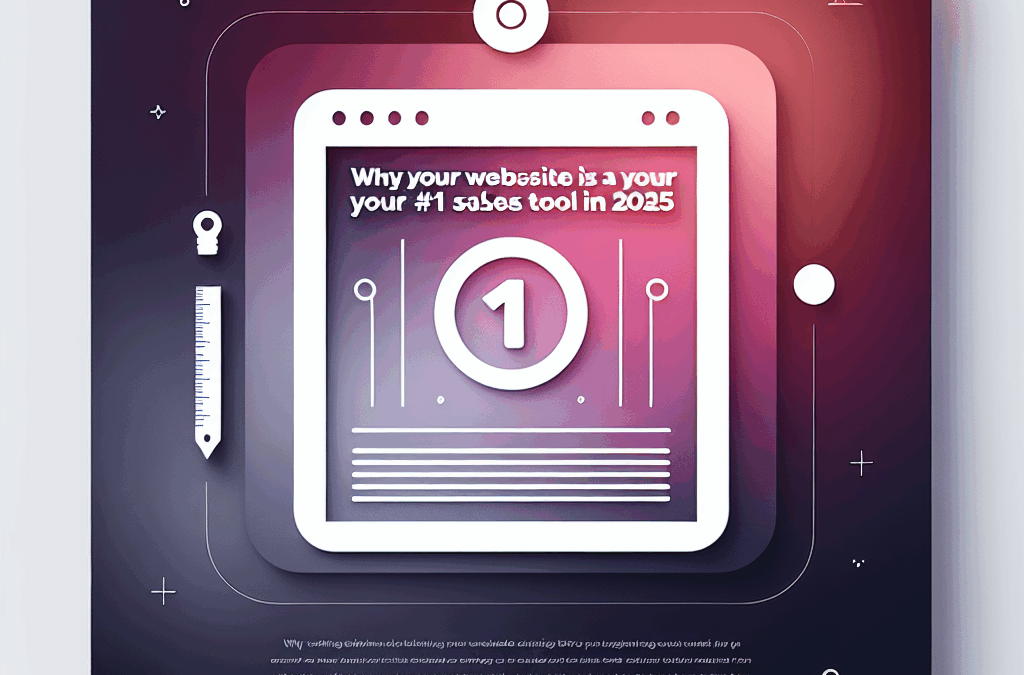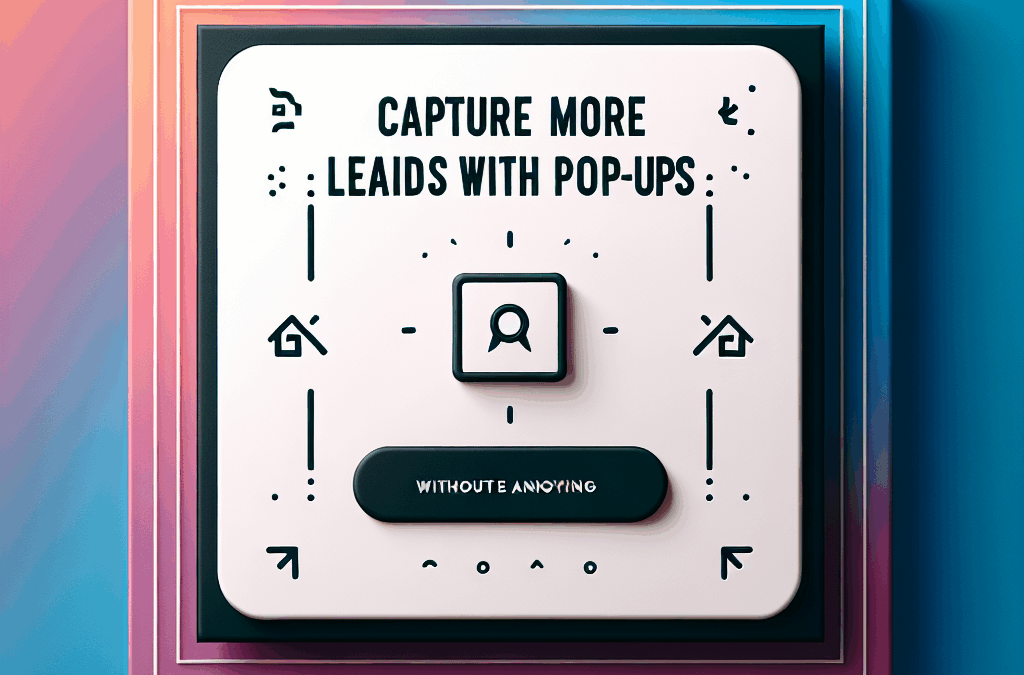When was the last time you updated your website? The average lifespan of a web design only is only 3-5 years. If it’s been longer than that, you should probably take a look at your site to see if it needs a redesign. After all, your customers will form their first opinion about your business from your website. To help you decide if you need an update, we have put together 7 Signs Your Website is Dated.
The 7 Signs Your Website Is Dated
#1 – Your Information Is No Longer Accurate
Have you added new products or services, since your last update? What about your “Team Photos”? Do those people on your ABOUT page still work for your company?
Out of date information is one the worst problems your website can have. In particular, you need to make sure your contact information and product data are correct. This is for the user, but you should also make sure you are updated for the search engines. Update content so that it meets current SEO best practices.
#2 – Broken Links or Missing Pages
Large sites suffer from broken links and missing pages more than smaller ones. We understand that it takes a lot of time to go back to all your pages and posts and find the connections that no longer work. However, the more broken links you have, the more likely your website is dated and needs to be reviewed. A new website will clear out those missing pages from your sitemap and also give you an opportunity to improve your link structure.
#3 – Dated Images and Photography
If your site shows images of products you no longer sell, then it’s time for an update. Also, with advancements in technology, photos have improved in clarity and grown in size. Images are now one of the core elements of a modern website. Do you have big, bold, colorful pictures?
What about a video? Most updated websites have an HTML5 video on their homepage to draw a customer’s eye and communicate key information.
#4 – You Don’t Have Clear Call-To-Action
The purpose of any website is to gather leads. Does your site guide users to complete the desired action? If you are not getting the conversions you desire, then it could be one of the signs your website is dated. Consider a site revamp with UX Design.
Very simply put, UX Design is the ‘user experience.’ Without a good UX Design Process, your site won’t flow well or provide the information your user seeks. So, all the marketing effort that went into getting them to your site in the first place is for naught. They will just give up and go elsewhere.
#5 – The Overall Design Is Dated
Consider the avocado green refrigerator. It is the iconic symbol of a 70’s kitchen, and everyone knows it. The same can be said for your website if you have a splash page, a narrow page layout, or small photos. They are huge signs your website is dated.
Your website is a reflection of your business. When someone is searching online, your website is where they form their first opinion of your company. An old or amateurish website reflects poorly on your business.
#6 – The Site Is Not Mobile-Friendly
In 2016, Google announced that they would create a Mobile Index separate from their Primary Index. Since then, there has been industry talk that eventually the Mobile Index will BECOME the Primary Index. If that’s the case, then all companies need to get their websites mobile-friendly NOW.
If you have not updated your website recently, then there is a good chance your site cannot compete with other mobile sites. Speed and design both play an important part in the mobile experience. Just one of the signs your website is dated is if your webpage does not display correctly on a smartphone. Is it too small? Did it take too long to load? Was there a pop-up blocking the text?
#7 – Your Site Is Not Secure
Beginning in October of 2017, the Chrome browser will show a NOT SECURE warning when users enter information into a form on an unencrypted website.
That’s a problem! The last thing you want is for your client to get the impression that you are running a shady website. So, first and foremost, if you don’t have HTTPS, you need to get it.
In addition to that, a site that hasn’t been updated in a long time probably needs security patches and plugin updates so that everything continues to work smoothly and you aren’t susceptible to hackers. If you are secure, then that is one of the biggest signs your website is dated that there is.
What To Do If You Need a Website Update
If you have come to the realization that there are signs your website is dated, Ericks Webs Design can help. Contact us, and we will discuss your needs. Then, take advantage of our Free Mock-Up Offer. We show you what your new website will look like at no risk to you.
Design










